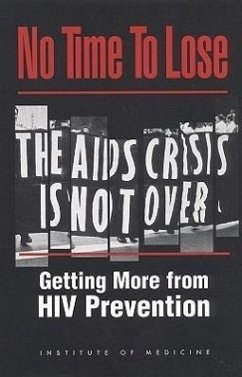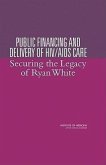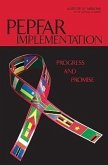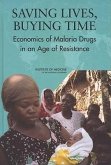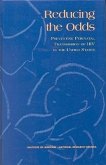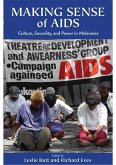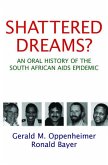In the 1980s such terms as AIDS, HIV, and T-cell counts became part of a new medical vocabulary that were made familiar to the public through headlines and sound bites. When words like epidemic began to be used, the mere mention of the disease was enough to frighten people. Fueled by the desire to control this emerging epidemic, the United States focused enormous energies on preventing the spread of AIDS. Although scientific research has not yet produced a cure for HIV infection, we have seen dramatic advances in treatment therapies. Yet the success of these therapies has also produced a newfound complacency that has undermined the effectiveness of today's prevention efforts. The United States has spent two productive decades implementing a variety of prevention programs. While these efforts have slowed the rate of infection, challenges remain. The United States must refocus its efforts to contain the spread of HIV and AIDS in a way that would prevent as many new HIV infections as possible. No Time to Lose presents the Institute of Medicine's framework for a national prevention strategy.

